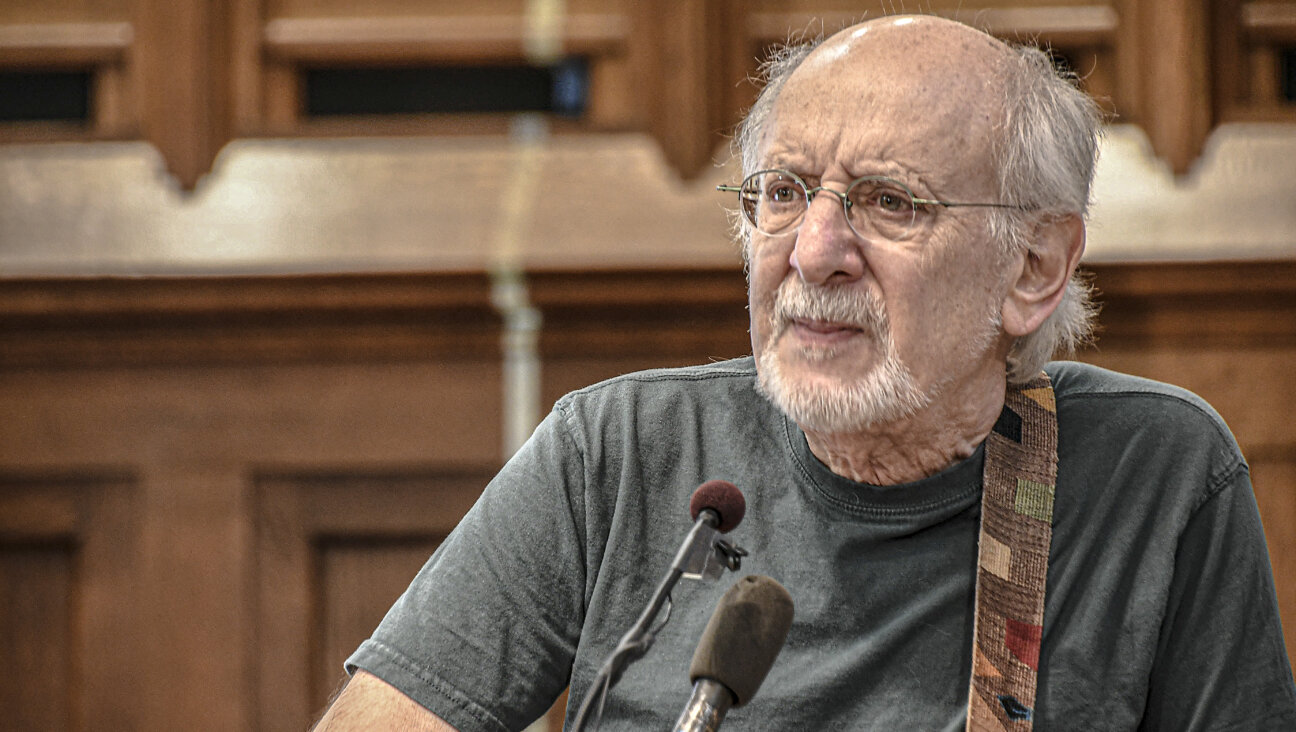A New Treatment for Gaucher? Compound Intrigues
Researchers have developed a chemical compound that could lead to a new treatment for Gaucher disease, the most common genetic disease among Ashkenazi Jews, which causes problems including anemia, poor blood clotting, an enlarged liver and spleen, bone damage and, in the most serious cases, neurological problems.
The newly discovered compound is made up of small molecules that stabilize and correct the defective enzyme responsible for these symptoms. Its development, which was reported last November in the Proceedings of the National Academy of Sciences, may lead to a new therapy that is both less expensive and more convenient than the current Gaucher treatment. The current treatment, enzyme replacement therapy, can cost $100,000 to $750,000 per year and must be administered intravenously.
The new compound has not yet been tested in humans, however, and is likely years away from becoming a viable treatment option. Still, said Ernest Beutler, a professor at the Scripps Research Institute and a co-author of the study, “the fact that there is a new approach to treating this and other diseases is encouraging. Ten years ago no one was even thinking of this.”
Gaucher disease affects approximately one in 450 Ashkenazi Jews. Like Tay-Sachs disease and several other inherited disorders, it is a lysosomal storage disease. Lysosomes are the body’s recycling centers, present in every cell. Inside them, enzymes break down complex cell parts such as proteins and lipids into simpler pieces that the cell can reuse. When a particular enzyme is not working correctly, the material that it is supposed to break down builds up inside the cell instead. Gaucher disease patients have genetic mutations that cause defects in an enzyme that is supposed to break down a fatty substance called glucosylceramide.
Enzyme replacement therapy, the gold standard Gaucher treatment right now, works by replacing the defective enzyme. It works well for many patients, but it is not without difficulties: Patients must receive injections of the replacement enzyme as often as several times per week, either intravenously or through a surgically implanted catheter. Enzyme replacement therapy also cannot help patients with neurological damage from the most severe type of Gaucher disease.
Another treatment for Gaucher disease is available to patients in Europe and Israel. Miglustat, which can be taken orally, reduces the amount of glucosylceramide that the body produces and so reduces the amount of it that can accumulate in cells. But this treatment also has problems: Glucosylceramide has necessary functions in the body, so getting rid of it can cause toxic effects. Miglustat is not available in the United States because it has not yet been approved by the Food and Drug Adminis-
tration, and in other countries it is only available to patients who cannot tolerate enzyme replacement therapy.
Unlike these options, the new treatment would work with the patients’ own enzymes to correct their deficiencies. In their study, the Scripps Research Institute researchers added the small molecules to cells taken from a Gaucher patient. The molecules acted as chemical “chaperones” to shepherd the defective enzymes through the cell to their target in the lysosome and to keep them from misfolding or going astray. The researchers found that adding these small molecules to the cells doubled the activity of the deficient enzyme.
The researchers’ approach is not unique. In the past several years, scientists have successfully applied similar strategies to cells from patients with Fabry disease, another lysosomal storage disorder. A treatment based on these small chaperone molecules could potentially be taken orally, making it more convenient than enzyme replacement therapy. It also has the potential, said Beutler, to treat neurological symptoms of Gaucher disease.
“I think this is a promising avenue to explore,” said Ari Zimran, director of the Gaucher clinic at Shaare Zedek Hospital in Jerusalem. Zimran also noted that another recent study described, for the first time, the structure of the defective enzyme that causes Gaucher disease. “If one combines the concept of the chaperone molecules with the new knowledge of the structure of the enzyme, it may lead to new therapeutic options,” he said.
Those treatments, however, may not come any time soon, he said. Because Gaucher patients are a relatively small population, it may be difficult to convince pharmaceutical companies to invest money in developing new treatments for the disease.
Beutler also said that a long road remains before any new treatment options become available. He and his colleagues are working now to refine and optimize the compound, and have not yet started to consider human trials. “It’s still quite a ways away,” he said.
Elaine Benton, for one, would appreciate the new treatment option. Benton, 40, was 5 years old when she was diagnosed with Gaucher disease, and she has experienced the gamut of Gaucher treatments. When she was a child, her doctors could do little to help her except try to ease the disease’s symptoms, which for her ranged from an enlarged liver and spleen to excruciatingly painful bone crises.
In 1991 she began to use the newly available enzyme replacement therapy. “There was quite a remarkable difference right from the beginning of the treatment,” Benton said. “It was marvelous.” Benton has now responded well to the therapy for 12 years.
A treatment that could be taken orally would be even better, she said. “I don’t think there’s any Gaucher patient who wouldn’t like that.”
A message from our Publisher & CEO Rachel Fishman Feddersen

I hope you appreciated this article. Before you go, I’d like to ask you to please support the Forward’s award-winning, nonprofit journalism so that we can be prepared for whatever news 2025 brings.
At a time when other newsrooms are closing or cutting back, the Forward has removed its paywall and invested additional resources to report on the ground from Israel and around the U.S. on the impact of the war, rising antisemitism and polarized discourse.
Readers like you make it all possible. Support our work by becoming a Forward Member and connect with our journalism and your community.
— Rachel Fishman Feddersen, Publisher and CEO























